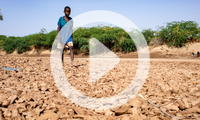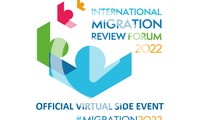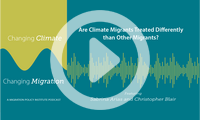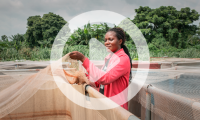Migrants, Migration, and Development
Recent Activity

During this MPI webinar, climate experts and regional authorities outline the challenges related to climate change and human mobility that local communities, national governments, and the IGAD region are confronting.

Organized on the margins of the first International Migration Review Forum, this official side event looks at effective practices and programs to build socially cohesive and inclusive societies—including lessons from post-conflict settings on how to build intergroup trust. Discussants focus on successful development interventions and offer examples of why some promising ideas may have fallen short in practice.

Do host communities respond differently to people migrating because of environmental impacts compared to refugees fleeing war or migrants seeking work? Research discussed on this episode of Changing Climate, Changing Migration suggests the answer is yes.
Colleagues from around the world gathered to celebrate the life and legacy of Demetrios G. Papademetriou, who was MPI's first president and the founder of MPI Europe.

Held during Migration Week 2022, this webinar features policymakers and practitioners from Africa, Asia, and Europe in a conversation on the progress made in the past three years to better integrate gender into reintegration programs for returned migrants, the ongoing challenges, and how the International Migration Review Forum (IMRF) in May offers a critical moment to promote good practices.



























The Los Angeles Declaration Could Represent a Big Step for Real Migration Cooperation across the Americas
The Los Angeles Agreement on Migration and Protection signed by leaders from 20 countries across the Western Hemisphere at the 2022 Summit of the Americas marks a significant step forward in creating a common language and a coherent set of ideas for more cooperatively managing migration movements across a region that has seen very significant mobility in recent years, as this commentary explains.
Continue reading